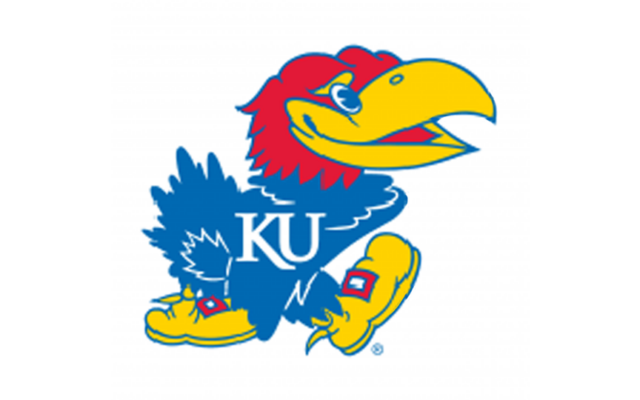Largely unused spectrum could improve wifi, but FCC must set it free

The appetite for the Internet continues to grow and the FCC is working through whether or not to allot more spectrum to wifi.
“There’s this big policy debate that’s going on, sort of, what’s the most suitable spectrum to do that, to improve wifi speeds and reliability,” said Phil Kerpen, a free-market policy analyst and advocate in Washington. “It turns out that there’s a very suitable block of spectrum for wifi use in 5.9 gigahertz, which is adjacent to the current band that’s being used for wifi.”
That spectrum was set aside twenty years ago for automotive use. The idea was that cars would talk to each other that would be good for vehicle safety when going driverless. Not many vehicles use it.
“There are about 270 million vehicles in the United States,” said Kerpen. “Eighteen thousand of them have this technology, which is pretty close to zero. It never has been deployed on any scale.”
Automakers have found other ways to accomplish the safety goal.
“It’s innovated using technologies that don’t really need spectrum, or need very little spectrum,” said Kerpen. “Technologies like LIDAR and RADAR and cell-based technologies and cameras. We’ve got all these amazing driver-assist features on new vehicles now that don’t use that DSRC technology at all.”
Another way that autonomous cars could communicate is through the 5G network as it is built out over the next several years, but right now, unless the DSRC spectrum is opened up, a lane on the information superhighway looks to largely go unused.



